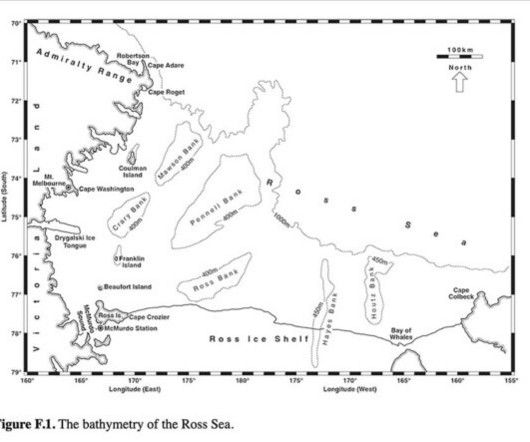A September shoreline
10,000 Birds
SEPTEMBER 9, 2012
Sadly it has been a poor season so far and the Pied Oystercatchers are currently on their second attempt at breeding. All of the pairs that we monitor have lost either their eggs or juvenile birds to predation before they were fledged and are patiently sitting once again on a new clutch of eggs.












Let's personalize your content